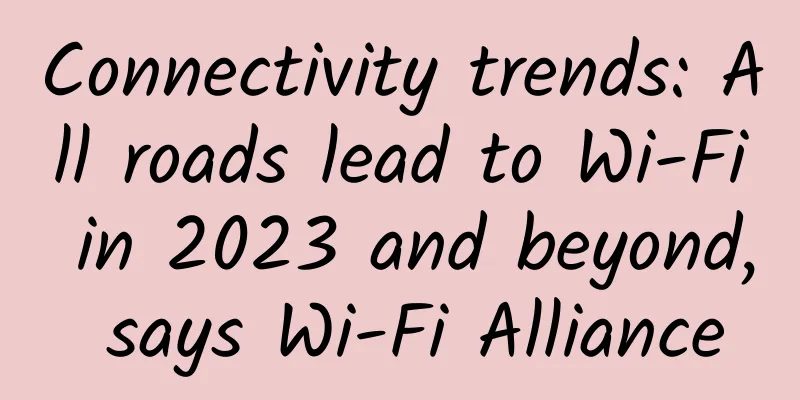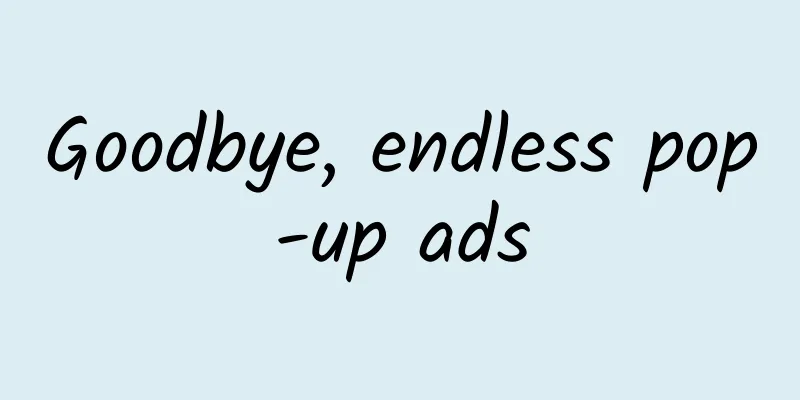Connectivity trends: All roads lead to Wi-Fi in 2023 and beyond, says Wi-Fi Alliance

|
Despite turbulent times, Wi-Fi has had a stellar few years—but that pales in comparison to what’s to come. In particular, 2023 looks like a transformational year for the Wi-Fi industry as multiple streams converge to deliver a plethora of new use cases, innovation, and growth opportunities. Here’s an overview of the industry review recently released by the Wi-Fi Alliance. Arguably, no wireless technology in history has evolved faster than Wi-Fi over the past few years, and that progress has been largely unaffected by global socioeconomic turmoil. This steep evolutionary climb will continue in 2023, and likely even more forcefully, as much of the industry’s ongoing standardization and regulatory work comes to fruition. The Wi-Fi Alliance has published this blog that succinctly depicts the trends and opportunities for 2023. Wi-Fi’s giant wireless Swiss Army knife keeps adding more blades and tools, so the opportunities for innovation and development are multiplying. One of the most elegant technological inventions of 2022 brought Wi-Fi to the new Matter standard for IoT. This means the era of interoperable smart home IoT has finally begun. As CES proved, there’s no doubt that Matter will begin to bear fruit in 2023. In many ways, Matter and Wi-Fi are a perfect match: Wi-Fi will provide secure, standardized IP-native connectivity for any type of IoT device (battery-powered or otherwise), and will support the vast majority of use cases, starting with smart home IoT and expanding to industrial and enterprise in the coming years. Meanwhile, Wi-Fi IoT has had a stellar year in another area – namely Wi-Fi HaLow. Little is known about Wi-Fi HaLow right now, but that could change in 2023. The technology was defined as a Wi-Fi standard and certification program by the Wi-Fi Alliance in 2016, and 2022 was a breakthrough year, with HaLow chipset supplier Morse Micro securing a massive funding round and releasing the world’s first Wi-Fi HaLow device a few weeks ago: a security camera. But the biggest transformation and success story — which became evident in 2022 and will accelerate this year — is arguably the expanding adoption of the 6 GHz band around the world. The Wi-Fi Alliance says the new band is now available in 60 countries. According to the latest information from Intel, more than 1,200 Wi-Fi 6E devices are now commercially available (although not all of them are Wi-Fi certified). The Wi-Fi Alliance says it expects Wi-Fi 6E to continue to expand its market coverage to support high-density connection applications in stadiums, arenas, campus networks, and healthcare. In a blog post, the Wi-Fi Alliance also highlighted the importance of Wi-Fi certification, which is the cornerstone of the growing Wi-Fi ecosystem, and key programs including Wi-Fi CERTIFIED EasyMesh and Wi-Fi CERTIFIED QoS Management. Finally, we expect to add location-based Wi-Fi services to the list of innovations to watch in 2023. A lot of work has gone into developing and bringing to market new technologies based on the 802.11 standard that will enable Wi-Fi-based location services with accuracy down to less than 10 centimeters. |
>>: A network administrator's self-cultivation: TCP protocol
Recommend
Ethernet Packet Architecture
[[352785]] 01Overview The term Ethernet generally...
Feiyuxing Wireless helps the famous Yueyang No. 16 Middle School realize campus informatization construction
The 16th Middle School of Yueyang City, Hunan Pro...
Tencent held the second Service Innovation Conference to implement the concept of "Service-oriented, Technology for Good"
On December 7, the second SICC Service Innovation...
Essential for operation and maintenance: automated script for batch SSH password-free login of Linux machines
During the operation and maintenance of a large p...
From TCP to Socket, a thorough understanding of network programming
For students who are engaged in program developme...
Break through with operation and maintenance tools! See how the operation and maintenance department of China Merchants Bank gets along well with development and business
[51CTO.com original article] When traditional ban...
Croatia officially issues 5G license
Croatian regulator HAKOM has allocated radio spec...
How many hosts can 100 IPs serve?
I have calculated this once in an old article, bu...
The days of exponential growth in 5G capex are over, but the outlook is not bleak
Stefan Pongratz, vice president and analyst at ma...
[11.11] Maxthon Hosting: 25% off on all VPS, top up 111 yuan and get 111 yuan free, US CN2/Hong Kong CN2/Germany CN2/Netherlands CN2/Hong Kong High Defense, etc.
Maxthon Hosting has released this year's Doub...
In the 5G era, smart services will become the new normal
More than a year after its official commercial la...
The 5 keys and applications of blockchain
A few years ago, not many people had heard of the...
Why does the TCP protocol have a sticky packet problem?
The TCP/IP protocol suite establishes a conceptua...
DesiVPS launches NVMe hard drive series Los Angeles VPS starting from $20 per year
DesiVPS sent a new email saying that it has launc...









